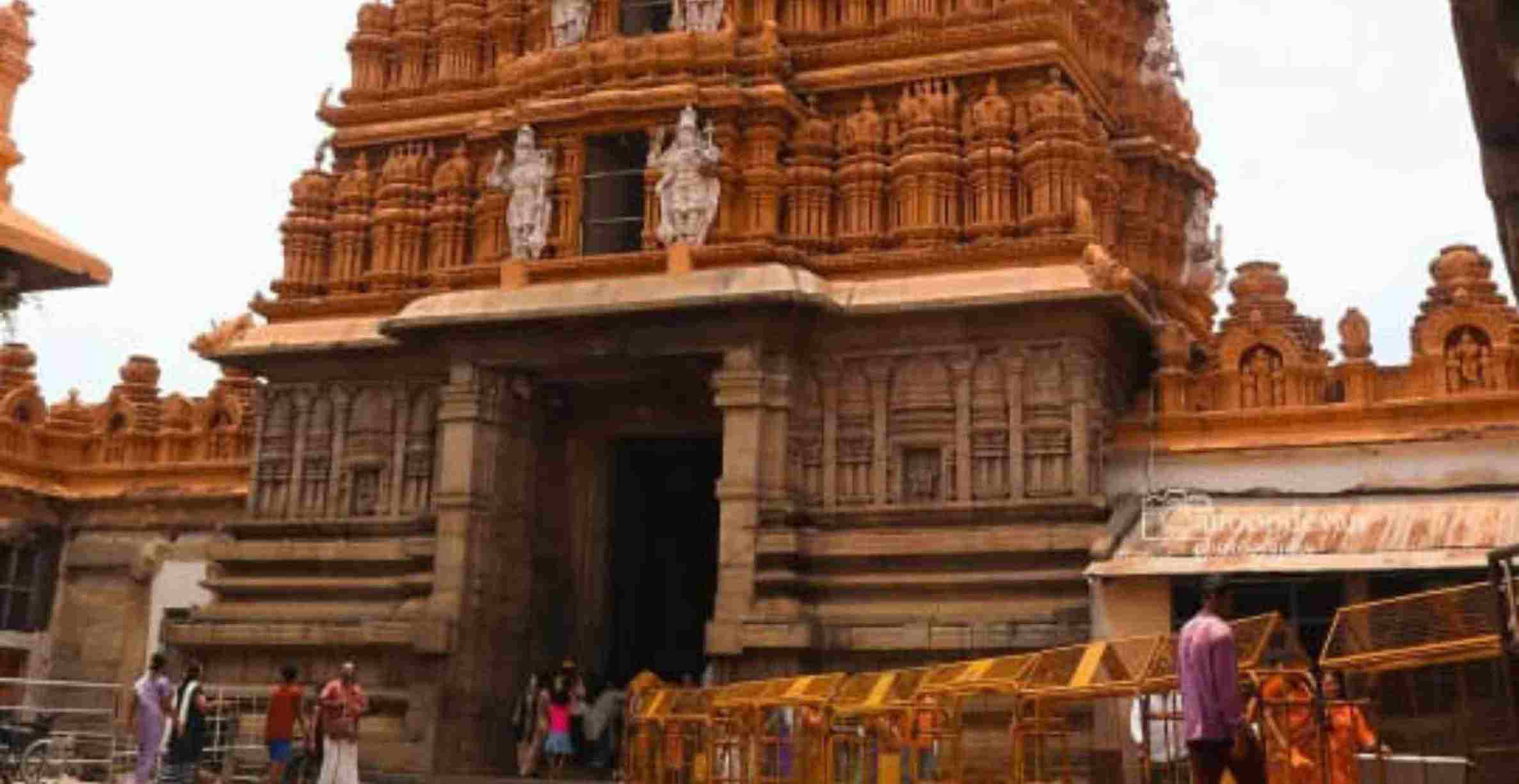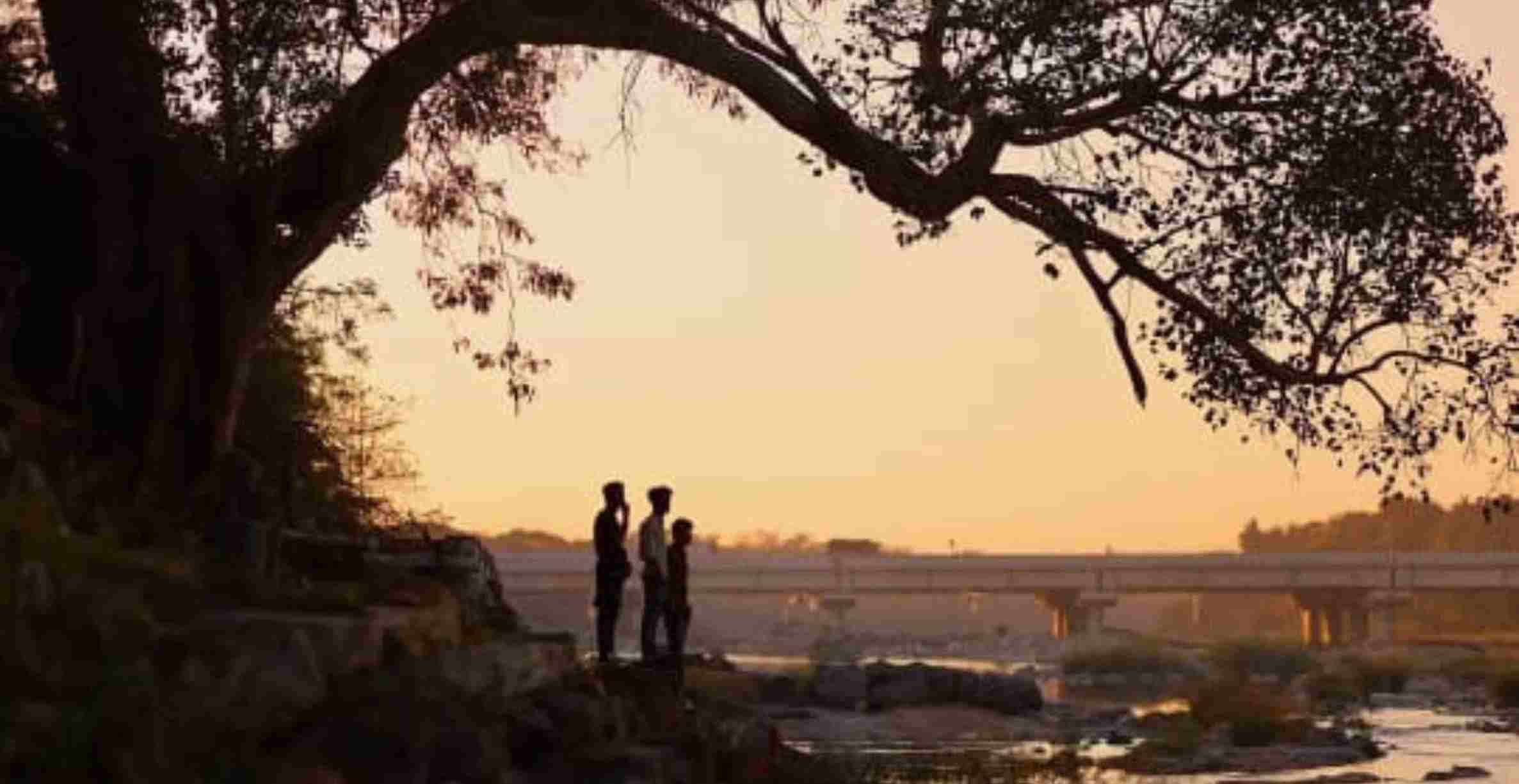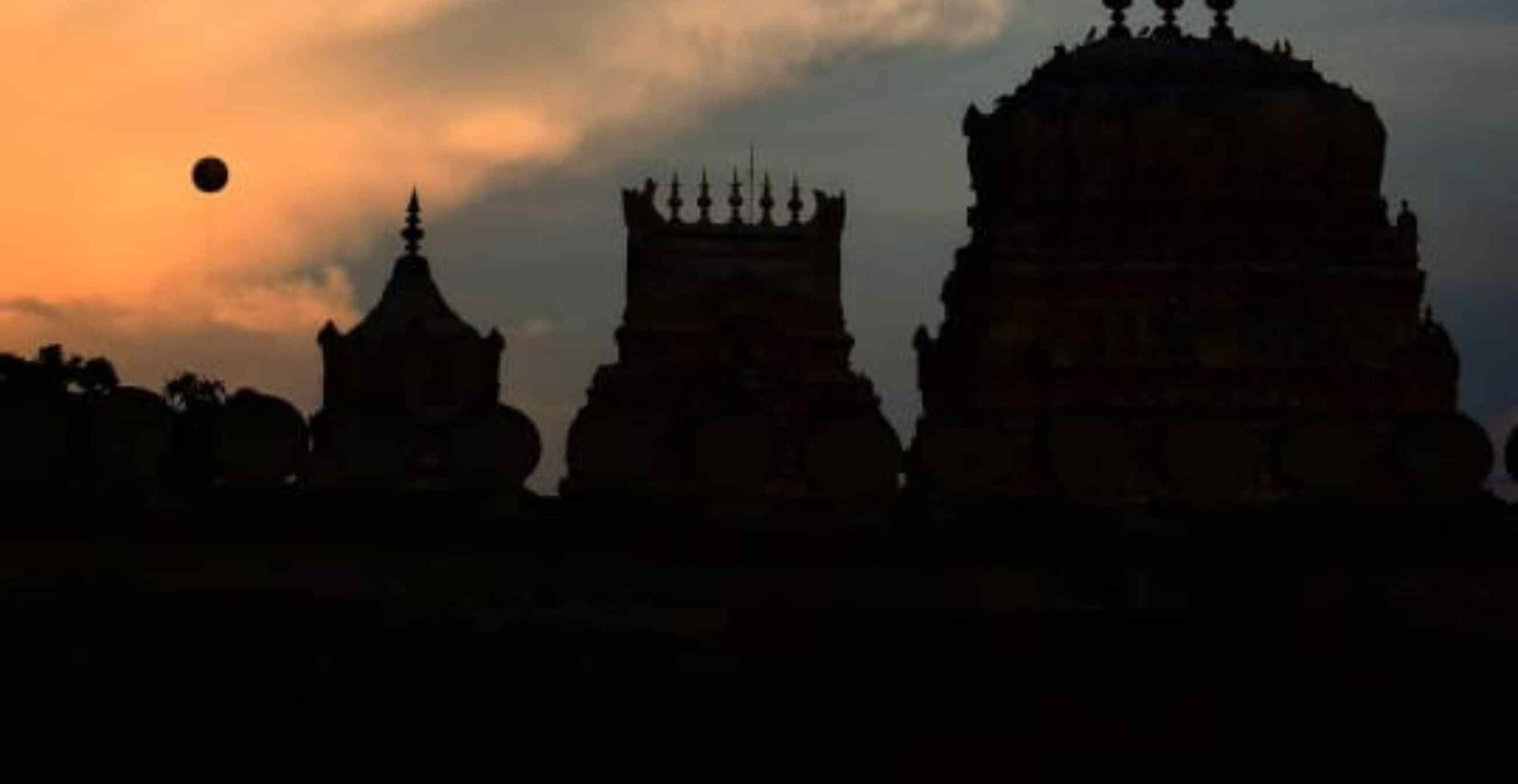
Srirangapatna
Basic Info: Srirangapatna, situated on the Cauvery River in Karnataka, is a quaint island town renowned for the architectural wonder of the Ranganathaswamy Temple, a unique dedication to Lord Vishnu, and a popular pilgrimage site.
District: Mysore
Location Type: Mysore district in the state of Karnataka, India
Best Time To Visit: October to March
A brief overview of Srirangapatna

Srirangapatna is located on the banks of the river Cauvery. Srirangapatna is a town holding onto the historical and cultural significance in the state of Karnataka, India. Srirangapatna is an enchanting destination, located just about 15 kilometres from the city of Mysore.
If one wants to visit temples near Mysore, they can visit Srirangapatna.The place boasts a rich tapestry of history, architecture, and spirituality that has left an indelible mark on the heritage of India. From its role as a majestic fortress to its association with renowned figures like Tipu Sultan, Srirangapatna stands as a testament to the country's multifaceted history of all time.
If one wants to visit temples near Mysore, they can visit Srirangapatna.The place boasts a rich tapestry of history, architecture, and spirituality that has left an indelible mark on the heritage of India. From its role as a majestic fortress to its association with renowned figures like Tipu Sultan, Srirangapatna stands as a testament to the country's multifaceted history of all time.
The Architecture and the Significance
Srirangapatna has historical roots deeply dating back to ancient times. The town Srirangapatna derives its name from the revered Sri Ranganathaswamy Temple, a Vaishnavite shrine dedicated to Lord Vishnu in his reclining form. This temple is a masterpiece of Dravidian architecture, characterised by its beautiful and detailed carvings, majestic gopurams (towering entrance structures), and courtyards that are spacious. The temple's history is dated back to the 9th century, and its architecture showcases the proficiency of the Vijayanagara and Hoysala dynasties.
One of the most foremost landmarks in Srirangapatna is the majestic Dariya Daulat Palace, also known as the Summer Palace. This summer palace attracts a large number of tourists. This palace was built by Tipu Sultan, who was known as “Tiger of Mysore” who fought numerous battles and wars when he was alive.
Summer Palace is a splendid example of Indo-Islamic architecture. Its delicately carved wooden pillars, stunning frescoes, and intricate detailing reflect the aesthetic tastes of the era between 1778 AD and 1784 AD. The Summer Palace is a complex, which also includes beautiful gardens around the palace and a house that is converted into a museum that artefacts the Tipu Sultan's life and the history that is held in the region.
One of the most foremost landmarks in Srirangapatna is the majestic Dariya Daulat Palace, also known as the Summer Palace. This summer palace attracts a large number of tourists. This palace was built by Tipu Sultan, who was known as “Tiger of Mysore” who fought numerous battles and wars when he was alive.
Summer Palace is a splendid example of Indo-Islamic architecture. Its delicately carved wooden pillars, stunning frescoes, and intricate detailing reflect the aesthetic tastes of the era between 1778 AD and 1784 AD. The Summer Palace is a complex, which also includes beautiful gardens around the palace and a house that is converted into a museum that artefacts the Tipu Sultan's life and the history that is held in the region.
Tipu Sultan and His Legacy
Srirangapatna gained worldwide prominence during the reign of Tipu Sultan. Tipu Sultan's impact on the town and its surroundings was monumental. His style of ruling was marked by his efforts to modernise and fortify Srirangapatna. Turning it into a formidable military and administrative centre. He was a patron of the arts, and his innovative and inclusive policies earned him respect even among his adversaries.
Srirangapatna is also called as the island town that served as the capital of the Kingdom of Mysore during his rule. Many of his architectural contributions are admired even today.The Gumbaz Mausoleum, where Tipu Sultan, his father Hyder Ali, and his mother Fathima Begum were laid to rest, is a prime example of Indo-Islamic architecture and reflects Tipu's reverence for his parents.
Srirangapatna is also called as the island town that served as the capital of the Kingdom of Mysore during his rule. Many of his architectural contributions are admired even today.The Gumbaz Mausoleum, where Tipu Sultan, his father Hyder Ali, and his mother Fathima Begum were laid to rest, is a prime example of Indo-Islamic architecture and reflects Tipu's reverence for his parents.
The great Anglo-Mysore Wars and how British Influenced
Srirangapatna also played a crucial role in the tumultuous Anglo-Mysore Wars. It saw clashes between the British East India Company and the Kingdom of Mysore, led by Tipu Sultan. The three Anglo-Mysore Wars, spanning from the late 18th to the early 19th centuries, had far-reaching consequences for the region.
The final battle of the Fourth Anglo-Mysore War in 1799 resulted in the defeat of Tipu Sultan's forces and the subsequent establishment of British influence in the region.
One of the most iconic incidents of this period was the Siege of Srirangapatna, where the British forces, led by Arthur Wellesley (later the Duke of Wellington), managed to breach the fortifications and capture the town. This unfortunately marked the end of Tipu Sultan's reign. It significantly altered the political landscape of the Indian subcontinent.
The final battle of the Fourth Anglo-Mysore War in 1799 resulted in the defeat of Tipu Sultan's forces and the subsequent establishment of British influence in the region.
One of the most iconic incidents of this period was the Siege of Srirangapatna, where the British forces, led by Arthur Wellesley (later the Duke of Wellington), managed to breach the fortifications and capture the town. This unfortunately marked the end of Tipu Sultan's reign. It significantly altered the political landscape of the Indian subcontinent.
Srirangapatna is famous for its temple and historical landmark

The most famous places in and around Srirangapatna are Sri Ranganathaswamy Temple ( open on all days from 7am to 1.30 pm - 4 pm to 8.30 pm). Gumbaz-e-Shahi (open on all days from 8 am to 6.30 pm) Sri Nimishamba Temple( open on all days from 6.30 am to 8.30 pm), Tipu Sultan Summer Palace (open on all day from 8.30 am to 5.30 pm) and Srirangapatna Fort (open on all day from 8.30 am to 5.30 pm). Each place can be covered by tourists on a single day as the places are near to each other.
Preserving the Heritage and Tourism

Srirangapatna's historical significance has not faded with time but has only developed in attracting tourism and preserving the heritage. Efforts to preserve its heritage have led to the town's recognition as a UNESCO World Heritage Site.
Srirangapatna has always been famous for its temples. The Karnataka state government, in collaboration with heritage organisations, has undertaken initiatives to maintain and restore the historical monuments, ensuring that they continue to captivate visitors with their architectural grandeur and historical importance.
The town's allure as a tourist destination is further enhanced by its picturesque surroundings. The lush greenery, the serene Cauvery River, and the tranquil ambiance contribute to the overall experience. Visitors can explore the remnants of Srirangapatna's rich past through guided tours, interact with locals who share stories of the town's history, and appreciate the religious and cultural diversity that has shaped its identity.
Srirangapatna stands as a living testament to India's vibrant history, architectural prowess, and the complex tapestry of cultures that have interwoven in this region over centuries. From its ancient roots as a religious centre to its prominence during the reign of Tipu Sultan and its role in the Anglo-Mysore Wars, the town's historical journey is a captivating narrative of resilience, innovation, and the evolution of society.
As we walk through the streets of Srirangapatna and gaze upon its magnificent temples, palaces, and forts, we are transported to a bygone era that continues to resonate with the present. The town's ability to blend its historical legacy with its modern aspirations makes it a truly remarkable destination—a place where the past and the present coexist in harmony, inviting us to reflect on the threads that connect us to our shared human heritage.
Srirangapatna has always been famous for its temples. The Karnataka state government, in collaboration with heritage organisations, has undertaken initiatives to maintain and restore the historical monuments, ensuring that they continue to captivate visitors with their architectural grandeur and historical importance.
The town's allure as a tourist destination is further enhanced by its picturesque surroundings. The lush greenery, the serene Cauvery River, and the tranquil ambiance contribute to the overall experience. Visitors can explore the remnants of Srirangapatna's rich past through guided tours, interact with locals who share stories of the town's history, and appreciate the religious and cultural diversity that has shaped its identity.
Srirangapatna stands as a living testament to India's vibrant history, architectural prowess, and the complex tapestry of cultures that have interwoven in this region over centuries. From its ancient roots as a religious centre to its prominence during the reign of Tipu Sultan and its role in the Anglo-Mysore Wars, the town's historical journey is a captivating narrative of resilience, innovation, and the evolution of society.
As we walk through the streets of Srirangapatna and gaze upon its magnificent temples, palaces, and forts, we are transported to a bygone era that continues to resonate with the present. The town's ability to blend its historical legacy with its modern aspirations makes it a truly remarkable destination—a place where the past and the present coexist in harmony, inviting us to reflect on the threads that connect us to our shared human heritage.

